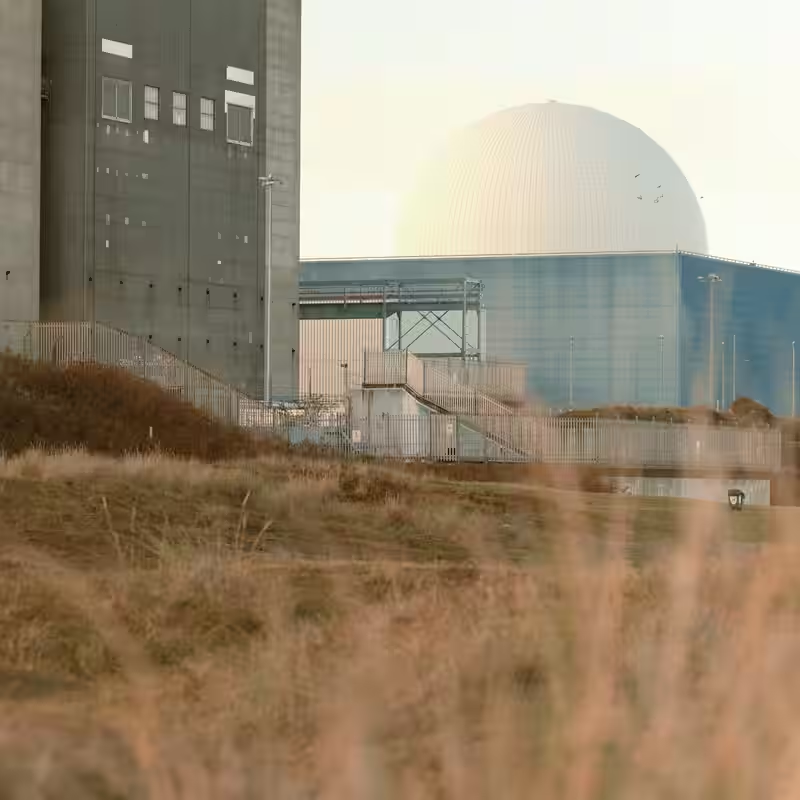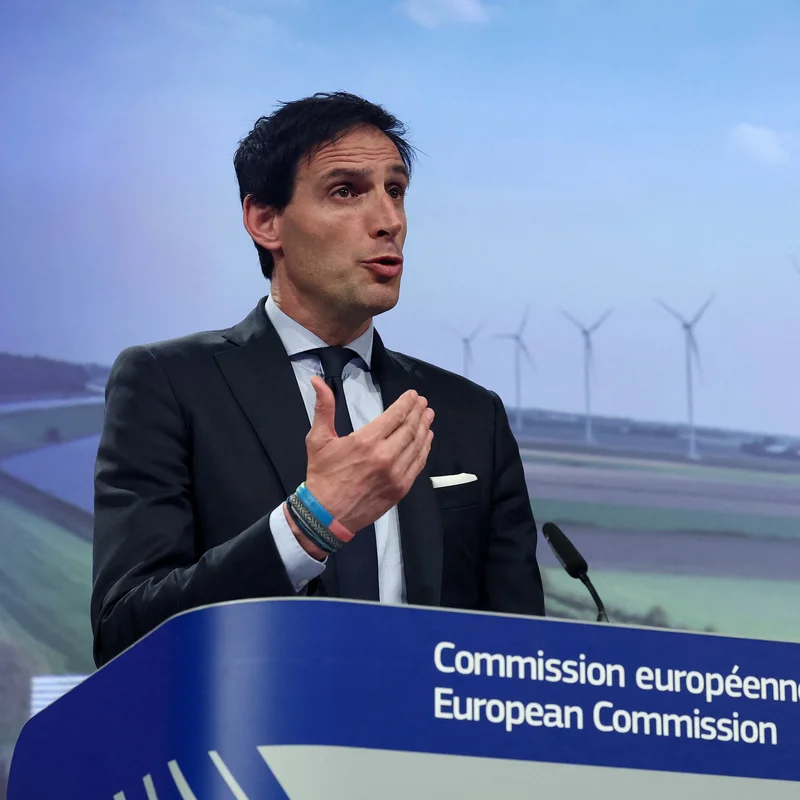Table of Contents
- Why Sizewell C Matters
- The Financial Hurdle
- Local Resistance and Government Push
- What to Expect by 2040
- Sources
Why Sizewell C Matters
In the quiet coastal flatlands of eastern England, history is being made—literally. After years of delays, debates, and financial uncertainty, construction has officially begun on Sizewell C, Britain’s newest nuclear power station. Slated to power roughly six million homes by 2040, this £38 billion ($51 billion) project represents one of the UK’s boldest bets on clean, reliable energy in decades.
Located near the town of Leiston in Suffolk, Sizewell C will sit beside its aging sibling, Sizewell B—the nation’s last nuclear plant, completed in 1995. With two next-generation reactors, the new facility aims to supply around 7% of the UK’s electricity needs while significantly cutting carbon emissions.
How Sizewell C Convinced Skeptical Investors
For years, Sizewell C was stuck in development purgatory. Private investors were wary of the massive upfront costs, long timelines, and regulatory risks typical of nuclear projects. That changed thanks to a unique financing model and strong government backing.
Julia Pyke, joint managing director of the project and former co-head of the power practice at law firm Herbert Smith Freehills, played a pivotal role. She left her legal career in 2017 specifically to engineer a financial package that would finally get shovels in the ground.
The breakthrough came through the UK’s Regulated Asset Base (RAB) model—a structure that allows investors to earn returns during construction, not just after completion. This de-risked the investment enough to attract major players, including pension funds and infrastructure investors.
Local Resistance Meets National Strategy
Not everyone welcomed the project. Stop Sizewell C, a vocal activist group led by Alison Downes, campaigned fiercely against the plant, citing environmental concerns, disruption to local ecosystems, and questions about long-term waste management.
Yet the UK government remained unmoved. With its net-zero 2050 target looming and aging coal and gas plants being phased out, nuclear energy has become a cornerstone of Britain’s energy security strategy. Ministers argued that Sizewell C was essential to maintaining grid stability while transitioning to renewables.
Today, temporary fences crisscross farmers’ fields, archaeologists comb the site for historical artifacts, and convoys of trucks rumble through country lanes—signs that, for better or worse, the project is now irreversible.
What to Expect by 2040
Once operational, Sizewell C will:
- Generate 3.2 gigawatts of low-carbon electricity
- Power approximately 6 million UK homes
- Create over 25,000 jobs during construction
- Operate for 60+ years
Beyond energy, the project is expected to revitalize the local economy, with new training centers, supply chain opportunities, and infrastructure upgrades already underway.
Still, challenges remain—cost overruns, supply chain bottlenecks, and public skepticism could all impact the timeline. But with concrete now being poured and political will firmly behind it, Sizewell C appears poised to become a defining symbol of Britain’s clean energy future.
Sources
The New York Times: How Britain Got Investors to Line Up for Nuclear Power




